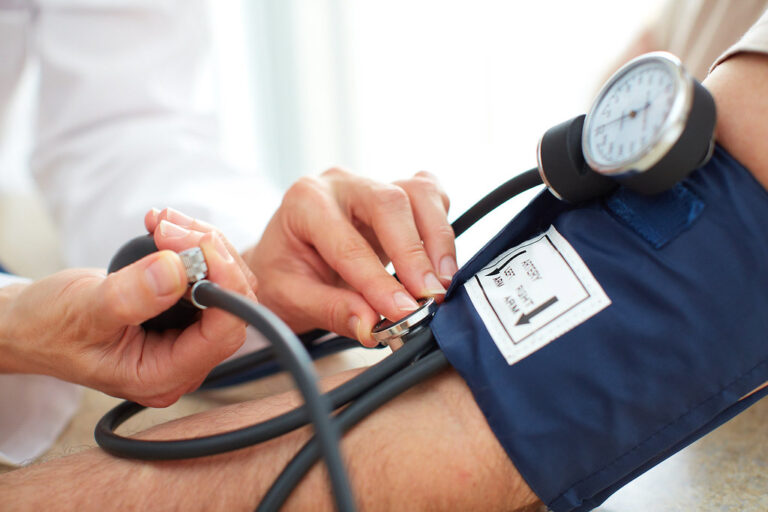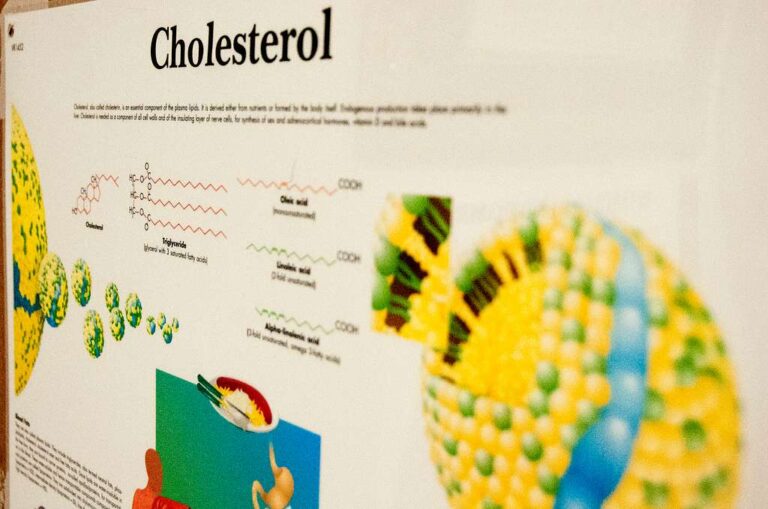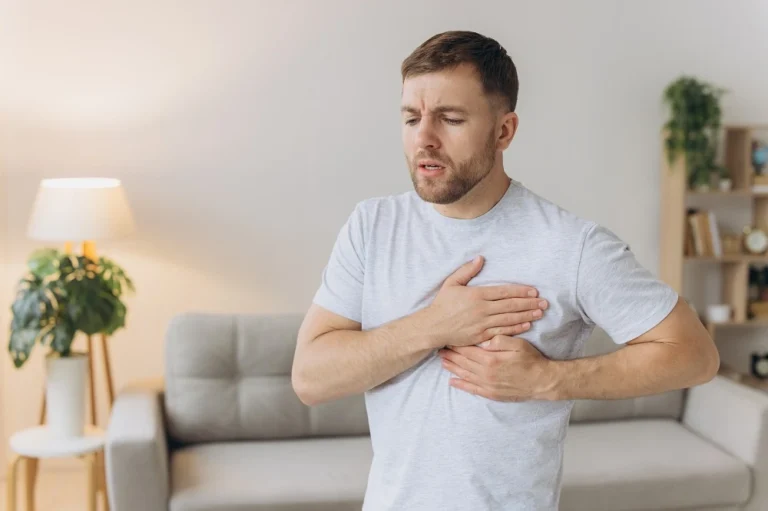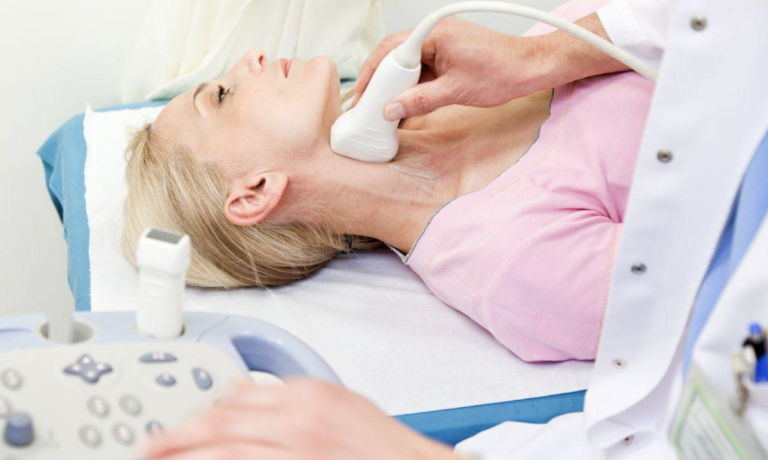Symptoms of Heart Attack in Women: What Every Woman Should Know

When you think about a heart attack, you might imagine someone clutching their chest in pain, gasping for air. That image is often true—for men. But for women, heart attack symptoms can look and feel very different. And because these symptoms are often subtle or unusual, they’re easy to miss or dismiss.
This article is your complete guide to understanding the symptoms of a heart attack in women. Whether you’re concerned about yourself or a loved one, this is information every woman should know—it could save a life.
Why Heart Attacks Look Different in Women
The heart works the same in men and women, but our bodies are different in how they react to trouble. Women tend to have smaller arteries and different hormonal balances, which can affect how heart disease develops and presents itself.
While chest pain is still the most common symptom in both men and women, women are more likely to experience non-traditional symptoms—the kind that don’t seem like a heart attack at all.
Most Common Heart Attack Symptoms in Women
Here’s a breakdown of symptoms women should look out for. Some of these may happen suddenly, but many come on slowly over hours, days, or even weeks.
1. Chest Pain or Discomfort
This is the classic symptom, but it might not feel as dramatic as you expect. Women often describe it as:
- A squeezing or tightness
- Pressure, not necessarily pain
- Burning like heartburn
- Discomfort that comes and goes
It may not even be in the center of the chest—it could be off to the side or in the upper back.
2. Shortness of Breath
If you suddenly feel winded doing something simple, like climbing stairs or walking, and it’s not normal for you, this could be a warning sign.
Some women feel short of breath even when resting. It might feel like you just can’t get enough air or are breathing harder than usual.
3. Unusual Fatigue
Extreme tiredness is a big red flag—especially if it comes on suddenly or feels different than usual. Many women describe it as:
- Feeling drained or heavy
- Needing to lie down immediately
- Trouble doing basic activities like making the bed
This fatigue often happens days or even weeks before the heart attack.
4. Nausea or Vomiting
Feeling sick to your stomach, experiencing indigestion, or actually vomiting are all possible heart attack symptoms in women. It’s easy to blame food poisoning or a stomach bug, but if this comes with other symptoms—like chest discomfort or sweating—don’t ignore it.
5. Back, Neck, or Jaw Pain
This one often surprises people. Women may feel pain in areas that don’t seem related to the heart, like:
- Upper back (between the shoulder blades)
- Neck or throat
- Jaw (especially the left side)
This pain may come and go or feel like a dull ache, pressure, or strange discomfort.
6. Dizziness or Lightheadedness
Sudden dizziness, fainting, or feeling like you’re going to pass out can be signs of a heart attack—especially when combined with other symptoms.
7. Cold Sweat
Breaking out in a cold sweat without exertion—especially along with chest discomfort—can be a sign that something serious is happening.
What Makes These Symptoms Easy to Miss?
Many women don’t expect to have a heart attack. They’re more likely to assume the symptoms are due to:
- Stress
- Hormones
- The flu
- Acid reflux
- Anxiety or panic attacks
Plus, women often put others first. They delay care, thinking, “It’s probably nothing,” or “I don’t want to bother anyone.”
But waiting can be dangerous. Heart disease is the leading cause of death in women, and early treatment saves lives.
When to Call for Help
Call 911 immediately if you or someone near you has symptoms of a heart attack. Don’t try to drive yourself to the hospital. Every minute counts—getting help fast can mean less damage to your heart and a better recovery.
Don’t wait for all the symptoms to appear. If something feels off, especially if you have risk factors like high blood pressure, diabetes, or a family history of heart disease, trust your instincts.
Heart Attack Risk Factors for Women
While anyone can have a heart attack, certain things increase the risk, including:
- High blood pressure
- High cholesterol
- Smoking
- Diabetes
- Obesity
- Lack of physical activity
- Stress and depression
- Menopause
- Family history of heart disease
Women with autoimmune conditions (like lupus or rheumatoid arthritis) are also at higher risk.
How to Lower Your Risk
The good news? Many heart attacks are preventable. Here’s what you can do:
- Eat heart-healthy foods (fruits, veggies, whole grains, lean proteins)
- Stay active (aim for 30 minutes of movement most days)
- Quit smoking
- Manage stress with techniques like deep breathing, yoga, or walking
- Get regular checkups—monitor blood pressure, cholesterol, and blood sugar
- Know your family history and talk to your doctor about your risks
Listen to Your Body
The most important takeaway: if something doesn’t feel right, don’t ignore it. You know your body best. Many women say they had a “gut feeling” something was wrong before their heart attack. Listen to that voice
Frequently Asked Questions (FAQs)
1. Can a woman have a heart attack without chest pain?
Yes. In fact, many women never experience classic chest pain during a heart attack. They might feel short of breath, very tired, dizzy, or have pain in the back, neck, or jaw instead.
2. How long do symptoms of a heart attack last in women?
Some women have symptoms that last for hours, while others may notice unusual signs for days or even weeks before a heart attack. Sudden severe symptoms also occur. Any unusual symptoms should be taken seriously.
3. What does a heart attack feel like for a woman?
It varies. Some describe it as a squeezing or pressure in the chest, but many experience vague symptoms like extreme fatigue, nausea, shortness of breath, or pain in unexpected areas like the back or jaw.
4. Do young women get heart attacks?
Yes, although it’s more common with age, young women—especially those with risk factors like smoking, obesity, or high blood pressure—can and do suffer heart attacks.
5. How can women protect their heart health?
The best protection includes:
- Regular exercise
- A healthy diet
- Not smoking
- Managing stress
- Controlling conditions like diabetes and hypertension
- Seeing a doctor for regular screenings
Conclusion
Heart attacks don’t always look the way we expect—especially in women. You might not feel a dramatic, crushing chest pain. Instead, you may feel unusually tired, sick to your stomach, dizzy, or have a strange pain in your back or jaw.
Know the signs. Trust your instincts. And don’t wait to get help.
Heart disease may be the number one killer of women, but awareness is a powerful first step. By understanding the symptoms and taking action early, you can protect yourself and others.
Dr. Emma Green is a health and wellness expert with over 10 years of experience in nutrition and fitness. Passionate about helping others live their healthiest lives, Dr. Green shares practical advice on wellness, nutrition, and sustainable living through LivingSpristine.






